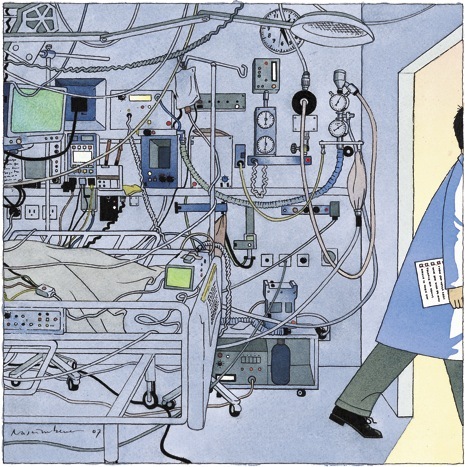The Scientist has listed its choice of top ten biomedical innovations in 2010. Things like the first single-molecule real-time sequencer from Pacific Biosciences, a handheld automated cell counter from EMD Millipore, and eight other smart technical gadgets and methods, which will surely speed up research.
But will they also speed up the global economy? The Scientist seems to believe so:
As the global economy continues to pull out of its recent precipitous nosedive, one mantra rings true from Beijing to Boston—innovation can save us. If developing interesting new technologies and products really is the lifeblood of economic health, then the life sciences industry is innovation’s beating heart.
However, as an anonymous commentator points out, “to state that ‘the global economy continues to pull out of its recent precipitous nosedive’ is naïve at best, or blatantly misleading at worst”:
Here in the United States, official unemployment stands at 9.6% (US Department of Labor, Nov 23, 2010). The number of households subsisting on unemployment benefits will drop precipitously by January 2011, when approximately 2 million Americans will no longer receive extended unemployment assistance. Nearly half of the unemployed have been out of work for more than six months (MSNBC, Dec 1, 2010). Estimates of underemployment (those who are unemployed or have part-time employment but are seeking full-time employment) hover around 20% (Gallup, June 3, 2010). Fuel and food prices continue to rise around the world; the United Nations warns that global food prices could increase by 10-20% in 2011 (The Guardian, Nov 17, 2010), putting ever greater economic strain on families. Riots in response to austerity measures continue across the European Union. Only by accurately and honestly depicting the global economic crisis can we have any hope of addressing it.
True indeed. Single-molecule real-time sequencers are great things for biomedical research, but to believe that they will kick-start a new bull market, cut unemployment and prevent social unrest is myopic. The Scientist‘s naïvité reminds me of the toe-curling opinions about world-affairs that use to be aired during the annual televised Nobel Prize winner round-table discussions.





